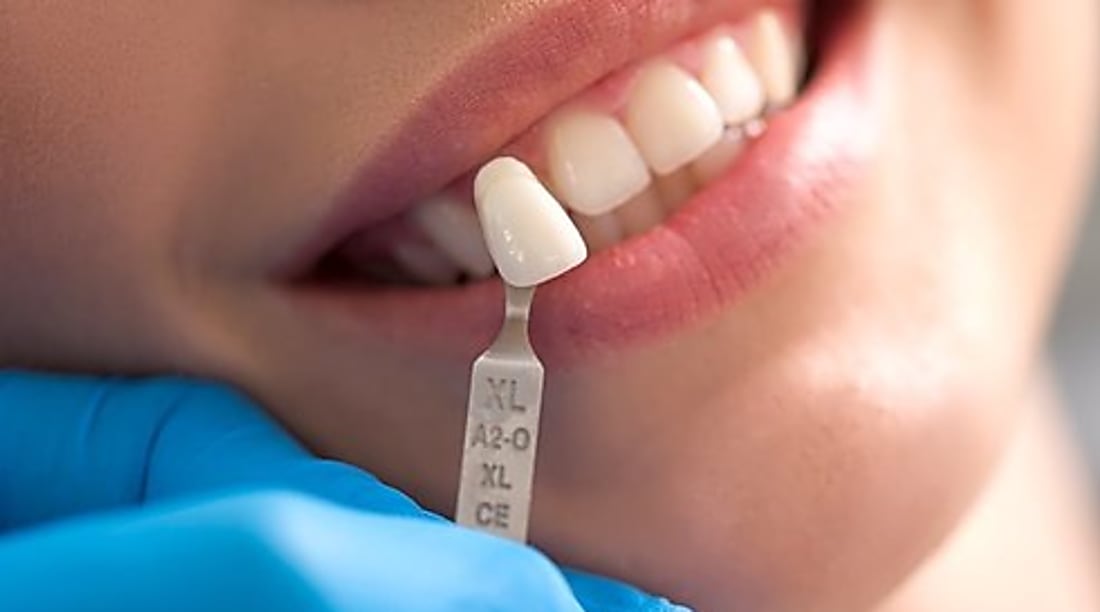Exploring Creative Possibilities: Essential Insights into 3D Pen Technology and Innovative Uses
In recent years, 3D pen technology has revolutionized the way we approach art, design, and even education. These handheld devices, which extrude heated plastic filament to create three-dimensional objects, have opened up a world of creative possibilities. From hobbyists to professional artists, educators to engineers, 3D pens are finding their way into various fields, offering a unique blend of artistic expression and practical application.

What are the fundamentals of 3D pen technology?
Understanding the fundamentals of 3D pen technology is crucial for anyone looking to explore this innovative tool. At its core, a 3D pen functions similarly to a handheld 3D printer. It melts plastic filament, typically ABS (Acrylonitrile Butadiene Styrene) or PLA (Polylactic Acid), and extrudes it through a nozzle. As the molten plastic cools, it solidifies, allowing users to draw in three dimensions or create layered structures.
The key components of a 3D pen include the heating element, which melts the plastic; the extrusion mechanism, which pushes the filament through; and the cooling system, which helps the extruded plastic set quickly. Most 3D pens also feature adjustable temperature and speed settings, allowing users to work with different types of filament and achieve various effects.
How can artists explore creative applications with 3D pens?
Exploring artistic applications and techniques using 3D pens has become a fascinating frontier for creatives. Artists are pushing the boundaries of traditional art forms by incorporating 3D pen techniques into their work. From creating intricate sculptures to adding texture and depth to 2D paintings, the possibilities are vast.
One popular technique is “drawing” in mid-air, creating delicate, lace-like structures that seem to defy gravity. Artists also use 3D pens to embellish existing objects, add three-dimensional elements to canvas paintings, or create wearable art pieces. The ability to work directly in 3D space offers a unique perspective and challenges artists to think about form and structure in new ways.
What innovative 3D solutions are being used in education?
Innovative 3D solutions in education and STEM learning have found a powerful ally in 3D pen technology. Schools and educational institutions are incorporating these tools into their curricula to enhance learning experiences across various subjects. In science classes, students can create 3D models of molecules or anatomical structures, making abstract concepts tangible.
Mathematics teachers use 3D pens to help students visualize geometric shapes and understand spatial relationships. In engineering and design courses, 3D pens serve as rapid prototyping tools, allowing students to quickly bring their ideas to life. The hands-on nature of 3D pen use also helps develop fine motor skills and spatial awareness, making it valuable in early childhood education.
How are DIY enthusiasts using 3D pens in creative projects?
Creative approaches to DIY projects with 3D pens have gained significant traction among hobbyists and makers. These versatile tools offer a unique way to repair, customize, and create household items. DIY enthusiasts use 3D pens to fix broken plastic parts, create custom decorative elements, or even fashion small household items from scratch.
One popular application is in the world of cosplay and prop making, where 3D pens allow for the creation of intricate costume details and accessories. Home decorators use them to create unique wall art, personalized picture frames, or custom lampshades. The ability to work directly on surfaces and objects opens up endless possibilities for customization and creative problem-solving.
What unique insights can you share about 3D pen use worldwide?
3D pen technology has found innovative applications across the globe, adapting to various cultural and industrial needs. In Japan, for instance, 3D pens are being used in the culinary world to create intricate food decorations and edible art pieces. In India, artisans are incorporating 3D pen techniques into traditional crafts, blending ancient art forms with modern technology.
Environmental scientists in Australia are using 3D pens to create models of coral reefs for study and conservation efforts. In the fashion industry, designers in Milan and Paris are experimenting with 3D pens to create avant-garde accessories and textile embellishments. These global applications showcase the versatility and adaptability of 3D pen technology across different fields and cultures.
What are the future trends and sustainability aspects of 3D pens?
Expert insights into future trends and sustainability in 3D pen use point towards exciting developments in the field. As technology advances, we can expect to see 3D pens with improved precision, a wider range of compatible materials, and enhanced connectivity features. Some manufacturers are exploring the integration of augmented reality (AR) to guide users in creating complex 3D structures.
Sustainability is becoming a key focus in the 3D pen industry. Manufacturers are developing eco-friendly filaments made from recycled plastics or biodegradable materials. There’s also a growing trend towards creating 3D pen filaments from sustainable sources like algae or plant-based polymers. As the technology matures, we may see 3D pens playing a role in sustainable manufacturing and repair, potentially reducing waste by allowing users to create or fix items on-demand.
In conclusion, 3D pen technology represents a fascinating intersection of art, technology, and practical application. From education to professional design, from DIY projects to cutting-edge artistic expression, these tools are opening up new avenues for creativity and innovation. As the technology continues to evolve, we can expect to see even more exciting applications and developments in the world of 3D pens.




